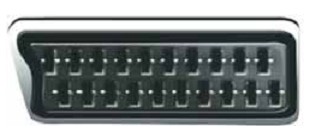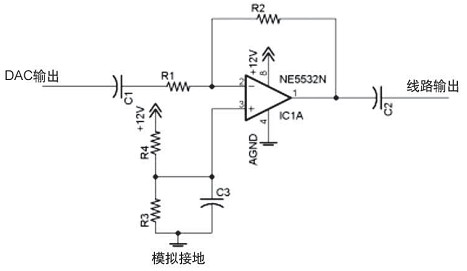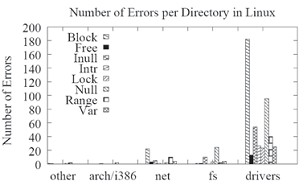2Vrm: an interesting old standard in audio and video products
Some of the traditional interface standard limits are +4dBu and -10dBV (ie 1.23 Vrms and 0.316Vrms without calculator or without calculation). Over the years, this has been the standard for bringing differentiation to consumer electronics and professional equipment. You can easily find these standards on any standalone CD player from the early 1990s.
This article refers to the address: http://
In the late 1980s and early 1990s, people were already picky about some of the devices connected to their televisions. The days of connecting VHS (home video recording system) devices only through coaxial antenna connectors have gradually faded away. With the advent of higher quality audio sources (NICAM stereo, laser discs, etc.), audio begins to travel through the stereo RCA (Lotus Insert) jack—just like your Hi-Fi.
SCART standard
At the same time, SCART connectors are also beginning to be popular in Europe (Figure 1). SCART brings a new standard application environment to manufacturers. Not only is the connector brand new, but the level of entertainment has also been greatly enhanced.

Figure 1 SCART connector
Regardless of the interconnection used, the higher the signal you transmit, the greater the dynamic range you get in the receiver, since the receiver typically has a fixed amount of noise. Along with this new type of connector, there are some voltage swing standards and standards for the expected impedance that the receiver should apply to the driver. The SCART standard eventually evolved to 2Vrms (5.6Vpp) with an input impedance of 10 kΩ.
Generating the ground bias 5.6Vpp signal is much harder than we thought at first. Think about what products we have connected in the home entertainment environment: DVD players, set-top boxes, game consoles, AV receivers, and more. A typical 5V DAC has an output of approximately 4Vpp and a bias of approximately 2.5V. Lower operating voltage DACs can even have low signal swings with low voltage bias. Outputting such a signal requires a certain level of gain and buffering.
This just happens to allow us to output some topologies that bring the DAC output to the real world. There are three main ways to achieve this goal:
* A bipolar power op amp (op amp) with a split rail power supply;
* Single-supply op amp with one VDD/2 DC offset and one output DC blocking capacitor;
* Single-supply op amp with a built-in charge pump that generates a negative rail supply to provide adequate swing and ground bias output.
Each of the above topologies has its own advantages and disadvantages.
Option 1: Fixed Input Bipolar Power Op Amps

Figure 2 Simplified dual-supply op amp output circuit
* Advantages: If your system can withstand high costs, it is still quite good.
* Disadvantages: cost, PCB space and external dimensions are not ideal.
Option 2: Single-Supply Op Amp with VDD/2DC Bias and DC Blocking Capacitor

Figure 3 Single-supply line driver op amp
* Advantages: low cost.
* Disadvantages: Dedicated VCC may be required, some clicks and clicks may occur, and the bass response is poor.
Option 3: Single-supply device with built-in charge pump that generates a negative rail

Figure 4 TI DRV60x series with integrated bipolar op amp and charge pump
* Advantages: The combination of the two - no noise, clear bass response, easy layout, is the ideal device for the 95% home audio market.
* Disadvantages: Performance Limits for Dynamic Ranges around 107dB - This is usually not the case in set-top boxes, portable DVD players, and gaming consoles.
If some of the work that designers are doing is how to drive the output line drivers, they will eventually ask themselves why they need higher voltage rails in the system. Some of the new products on the market have many single-supply devices and a built-in charge pump that generates a negative supply rail (for example, using direct path technology), which are rapidly changing the market for audio and video products.
Electric Bike Battery,Rechargeable Power Bank,Green Energy Lithium Battery
LiFePO4 for Transportation Co.,Ltd , http://www.nswindenergy.com